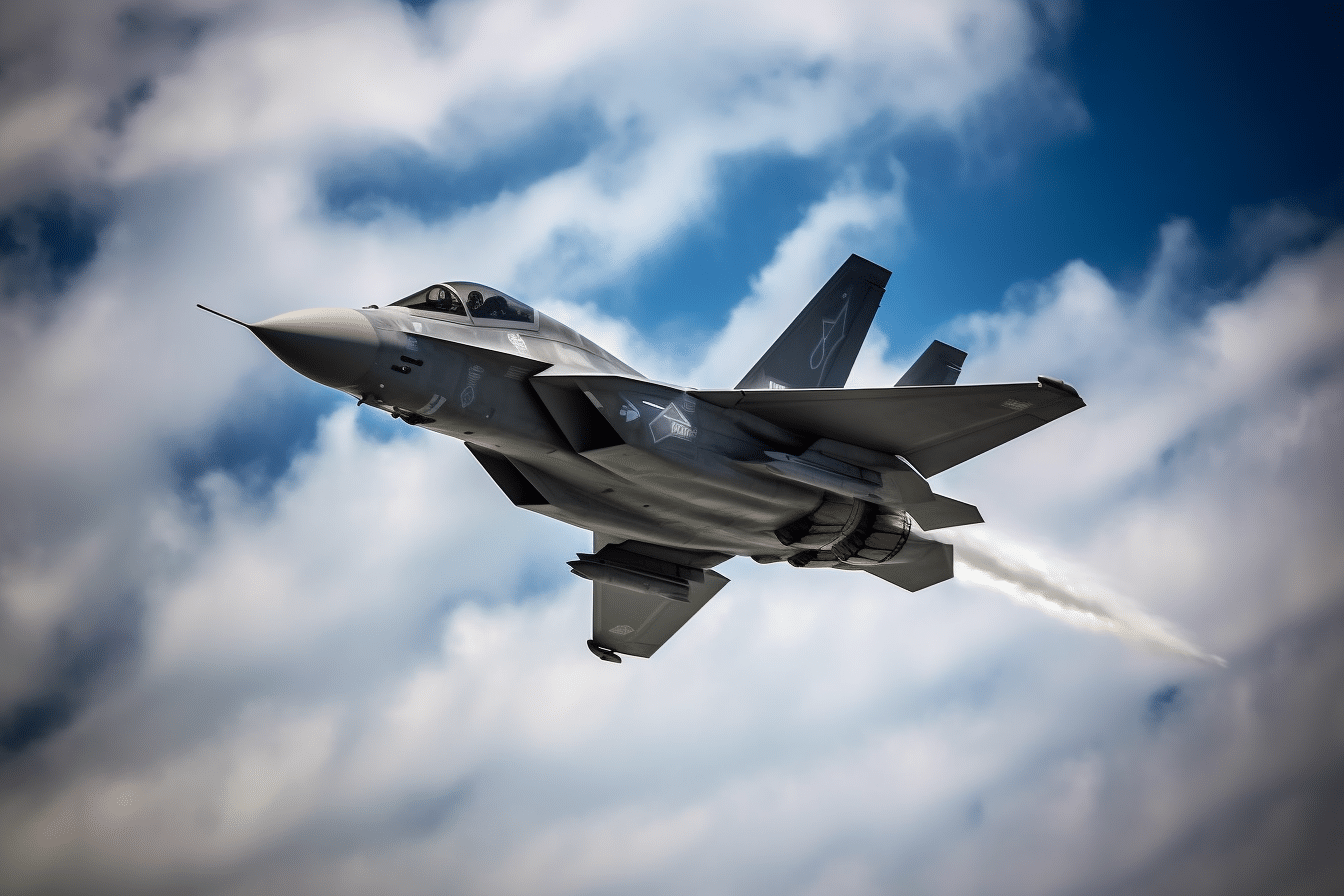Several remarkable corporations are at the helm of providing the apparatus America employs in its self-defence strategies. A significant portion of the U.S. budget, nearly $800 billion this year, is dedicated to national defence and safeguarding global interests. Companies like Lockheed Martin (NYSE: LMT) and General Dynamics (NYSE: GD) – known for designing and producing weapons, equipment, and technology – receive a substantial portion of this budget.
While both companies have proven lucrative investments over time, the current question is, which one offers a better investment prospect today?
Examining the fundamentals of each stock presents a closely contested race, with one potentially nudging ahead by a minimal margin.
Here are the crucial details you need to consider.
Introducing the Contenders
Lockheed Martin
Regarded as one of the globe’s foremost aerospace and defence companies, Lockheed Martin has significant influence across the sector. Operating primarily in four segments – aeronautics, missiles and fire controls, rotary and mission systems, and space – the company boasts an annual revenue exceeding $66 billion. Lockheed Martin is renowned for its highly recognizable military products like the Blackhawk and Apache Helicopters, F-16 and F-35 Jets, and the Trident long-range submarine ballistic missile.
General Dynamics
With an equally impressive portfolio, General Dynamics also functions across four key sectors: aerospace, combat systems, marine systems, and technologies. This accumulates to an annual revenue of approximately $40 billion. The company’s aerospace segment primarily targets private markets, with its Gulfstream brand manufacturing private jets and the Jet Aviation company offering jet charters and facilities. Military products mainly focus on marine and terrestrial solutions, including submarines, ships, the Abrams M1 tanks, and Stryker vehicles.
Comparing Financial Performance
A comparison of the financials of these two companies reveals some intriguing differences. Over recent years, Lockheed Martin has demonstrated a superior operating margin and return on invested capital, suggesting a more profitable and efficient utilization of invested capital than General Dynamics.
Both companies offer nearly identical dividends, with respective dividend yields at 2.7% and 2.6% and comparable dividend payout ratios.
Considering their balance sheets, both corporations exhibit solid financial standing. Lockheed Martin has slightly less leverage, just over 1.5 times EBITDA, but both are well below levels that would concern investors. Despite both firms having robust financials, Lockheed Martin has an edge in profitability and capital use.
Assessing Growth Potential
As both companies’ largest customers, the U.S. budget considerably influences them. A handful of major contractors, including Lockheed Martin and General Dynamics, have historically dominated the government contract space. The Department of Defense, however, has been actively fostering increased competition recently, encouraging smaller businesses’ participation, thereby slightly stunting the revenue growth of these defence behemoths.
However, the U.S. defence budget is expected to continue expanding. Even amidst tense negotiations over the U.S. debt ceiling, the recently agreed deal favours defence spending, which is set to grow by 11% in 2024. Analysts predict this growth trend will persist throughout the decade.
Both companies are projected to achieve mid-single-digit revenue growth, but General Dynamics is anticipated to outperform Lockheed Martin by a few percentage points over the coming years. This could result in higher earnings growth for General Dynamics, a trend reflected in analysts’ long-term growth estimates.
Evaluating Valuation
The current trading prices of both stocks are remarkably close. Forward price-to-earnings (P/E) ratios using projected 2023 earnings per share indicate equal valuation for both stores, each at a forward P/E of 16.
Despite Lockheed Martin being more efficient and profitable, its slower growth compared to General Dynamics warrants a similar market valuation for both.
Declaring the Victor…
Both stocks present compelling cases, making them worthy additions to a long-term portfolio. Nonetheless, General Dynamics currently holds a distinct growth advantage, and its private-sector aerospace segment offers diversification outside the intricacies of government spending and associated political dynamics.
This may be sufficient to tilt the scales in favour of General Dynamics. However, the final decision could hinge on what an individual investor prioritizes in their investment choices.
The choice between Lockheed Martin and General Dynamics depends heavily on an investor’s priorities. Lockheed Martin may be the better choice for steady profitability and efficient capital use. However, if one is focused on the growth potential and a degree of diversification away from government spending, General Dynamics may offer a more compelling opportunity. Ultimately, both companies remain strong players in the defence sector and would be robust additions to a diversified, long-term investment portfolio.




